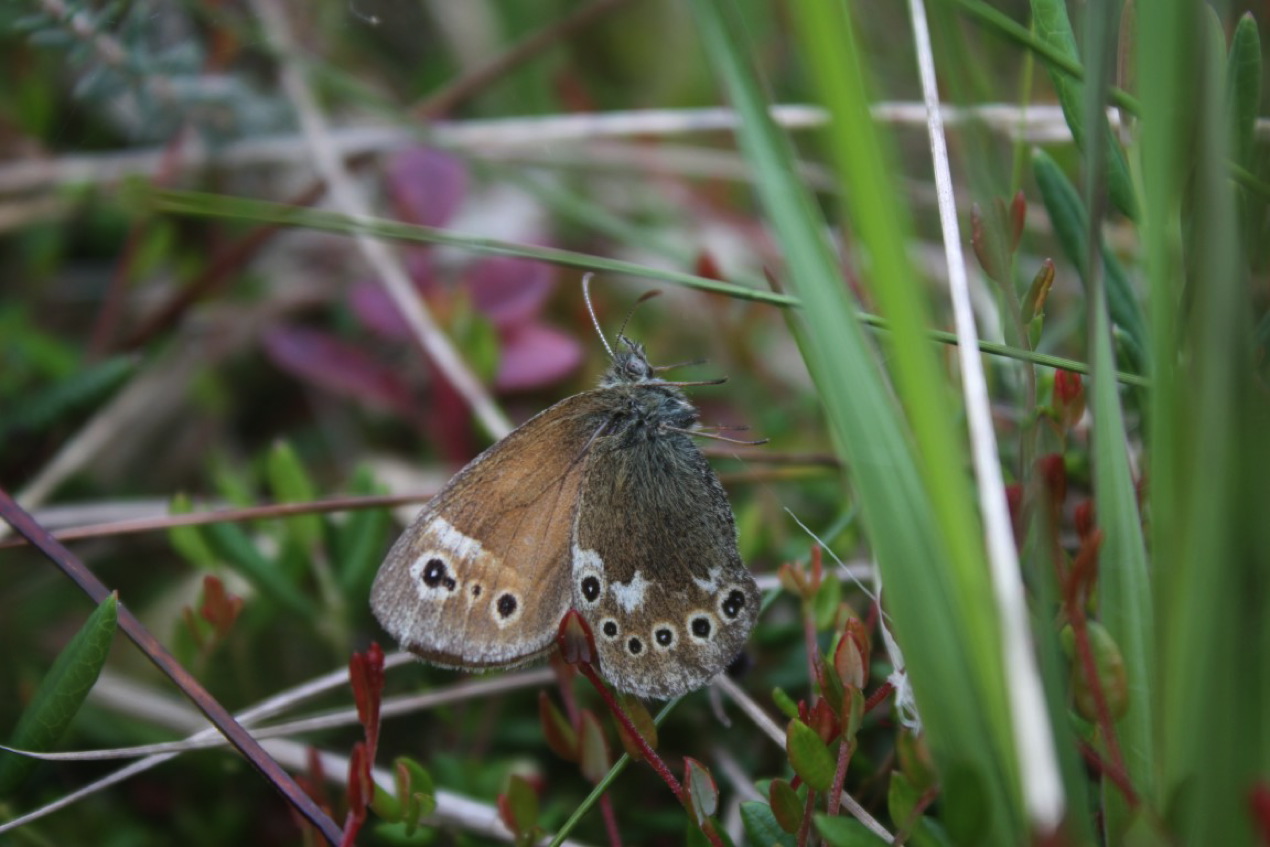I have just attended a meeting in London about the decline in insects globally and I caught a train from Manchester – it took two hours to get there.
That trip meant I could catch up on my notes, read a book and shut my eyes – a nice relaxing start for a busy day.
There are various stories that HS2 will cut 20 minutes and more off that journey, making it more attractive to work in the north or commute to the south.
I have no problem with making journeys to and from the capital quicker and easier but at what cost?
There have also been lots of stories about the rising price of HS2 and we are talking billions of pounds, but there are other costs that need to be addressed.
I am worried about the sheer scale of this plan and how it will affect nature. Working for the Wildlife Trust for Lancashire, Manchester and Merseyside I am devastated that HS2 is going to cut right through some of the amazing work we have been doing for decades.
Phase 2b of this plan slices across a vast area called Chat Moss, in between Liverpool and Salford, and Warrington and Wigan. The moss is vitally important not only for wildlife but also for the environment as a whole. The peaty bogs of this area capture and store huge amounts of carbon if managed correctly – this is our rain forest.
The wildlife on these mosslands is rare, there are plants like sphagnum moss and cottongrass that attract interesting insects, in turn attracting interesting birds and mammals. In June we will be reintroducing the Manchester Argus butterfly, which has been missing from Greater Manchester for 150 years. Our plan is to improve habitats across the whole of these mosslands, giving the butterfly an opportunity to spread and increase. That will be difficult with a large railway crossing its path. Isolated patches are not good for the proliferation of wildlife.
Across the UK, HS2 will cut across hundreds of special, designated and classified areas of importance for wildlife, including areas of ancient woodland. Woodland normally attracts the headlines but the mosses are just as important for the environment as the trees. Areas affected and close to the planned route are Holcroft Moss, in Warrington, and Astley Moss, Lightshaw Meadows and Abram Flash, all in Wigan.
In Yorkshire, HS2 cuts through the Dearne Valley Green Heart nature improvement areas, the designated living landscapes of the West Leeds Green Corridor, River Went Corridor, Lower Aire Valley, Ouse Wharfe Corridor and four more. Rothwell Country Park and Water Haigh Woodland Park could also be affected.
The Wildlife Trusts are not against economic progress, but there needs to be a balance. Is HS2 really necessary? If so, that is fine, but there must be some mitigation for the wild areas it is destroying. If it goes ahead we would like to see crossing points for wildlife, green bridges so the mosses can flourish beneath.
In the North West our chief executive Anne Selby says: “We have had a huge leap of public awareness on climate change and ecology, declarations of climate change and ecological emergency across the country, strident demands that we do better from the next generation, and yet we still are failing to safeguard our natural assets and find a proper balance in decision making.
“More than 100 woods, peat bogs, that are storing carbon and hundreds of precious wildlife sites are being damaged by HS2. This project is costing us the earth, quite literally.”
We believe it is time to rethink HS2.
Image: Argus butterfly


